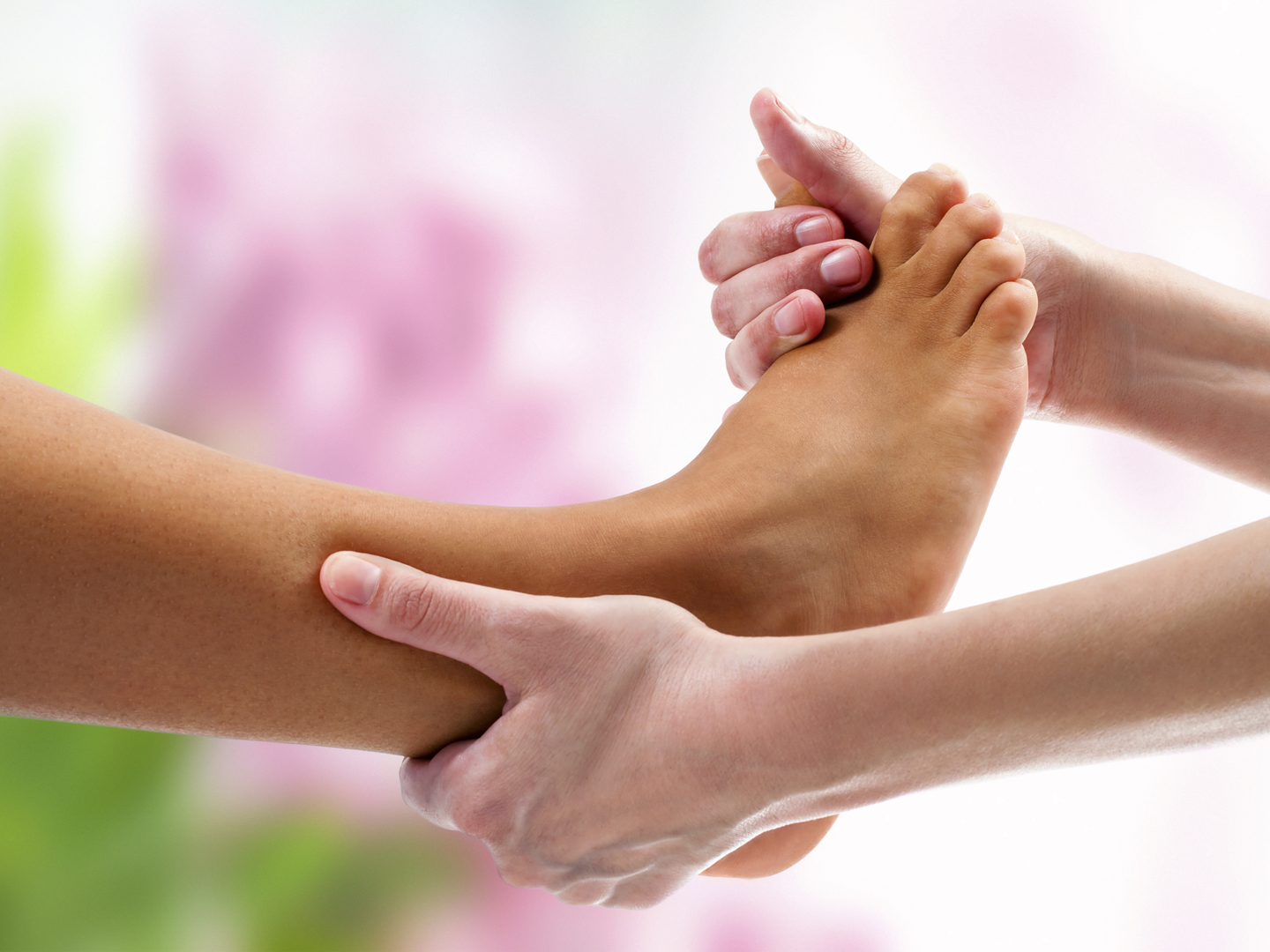Eczema on Hands or Feet?
I have a mild form of skin disease called pompholyx or dishidrotic eczema. I read something about a study in Japan that suggested large doses of niacin would be beneficial for people with this incurable skin condition. Do you have any further information?
Andrew Weil, M.D. | August 18, 2005

Pompholyx or dishidrotic eczema is a skin disease characterized by small fluid filled blisters (vesicles) that develop on the fingers, palms and on the soles of the feet and cause intense itching. This disorder can be chronic, flaring up periodically. Fortunately, these episodes become less frequent after middle age.
No one knows what causes pompholyx, although we do know that it develops most often among those between the ages of 20 and 40. Risk factors include stress and allergic contact dermatitis. Some patients are sensitive to metal salts found in certain foods. If so, flare-ups of pompholyx may occur after eating foods containing nickel, cobalt or chromium salts. You can try avoiding the foods in question to see if it helps, although this strategy rarely works. To avoid nickel salts, eliminate canned foods, foods cooked in nickel-plated utensils (including stainless steel, which contains nickel), herring, oysters, asparagus, beans, mushrooms, onions, corn, spinach, tomatoes, peas, whole grain flour, pears, rhubarb, tea, cocoa, chocolate, and baking powder. To avoid cobalt, cut out apricots, beans, beer, beets, cabbage, cloves, cocoa, chocolate, coffee, liver, nuts, scallops, tea, and whole grain flour.
About 30 percent of all cases seem to be related to a contact allergy – often to the nickel present in jewelry.
Conventional medicine treats pompholyx with steroid creams or ointments and with antihistamines to relieve the itching. I’ve found no study showing that niacin is useful in treatment. But stress reduction techniques can help, and biofeedback is often recommended as part of conventional treatment. I strongly suggest trying visualization or hypnotherapy to take advantage of the mind/body connection in skin disorders.
I also recommend taking gamma-linolenic acid (GLA) for eczema. GLA, an unusual fatty acid found in evening primrose oil, black currant oil and borage, has specific nourishing effects on skin, hair and nails. Take 500 mg of GLA twice a day. I also suggest eliminating milk and milk products and using aloe vera gel, calendula lotion or cream, and tring chaparral lotion, salves or a homemade poultice made from steeping leaves of chaparral (Larrea divaricata) in water and placing a cloth soaked in the liquid on irritated skin for 15-20 minutes four times daily.
Andrew Weil, M.D.









